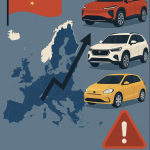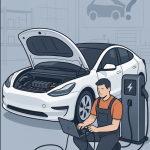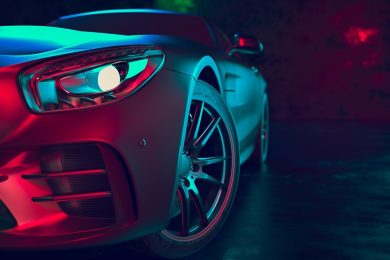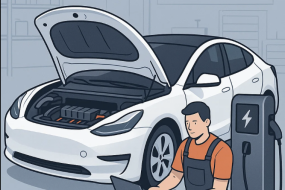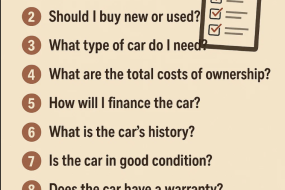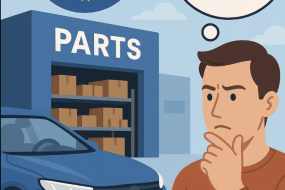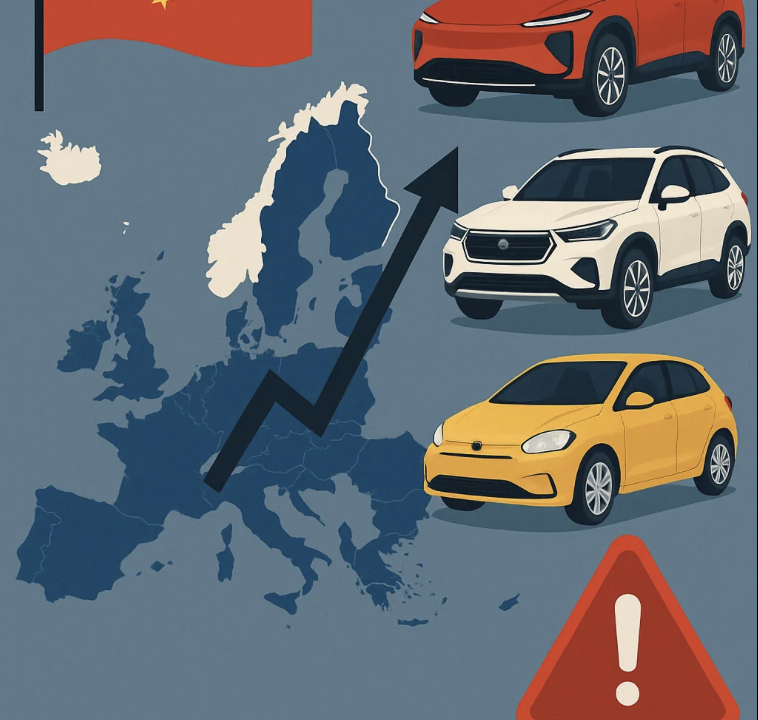
Introduction
Over the past five years, Chinese automakers have rapidly entered the European market, promising affordable electric mobility, modern design, and impressive features. Brands like MG, BYD, Aiways, NIO, and XPeng are no longer niche names—they’re being test-driven in major cities, displayed at auto shows, and listed by mainstream dealerships.
But as sales grow, so do concerns: Can these brands deliver long-term support? What happens after the warranty ends? And are they really a safe investment for European consumers?
Let’s take a closer look at the rise of Chinese car brands in the EU—and the risks that may come with them.
1. The Explosion of Chinese EVs in Europe
Chinese brands are now a serious force in Europe’s EV sector:
📈 Market Share Growth (Source: ACEA, 2025):
-
In 2020: < 1% of new EV registrations in the EU
-
In 2023: ~5%
-
By mid-2025: 11.7% of all EVs sold in the EU come from Chinese-owned manufacturers
🚗 Popular Chinese Brands in the EU:
-
MG (SAIC) – Best-known and best-distributed; sold through dealer networks in over 20 EU countries
-
BYD – Making major inroads with models like the Dolphin, Seal, and Tang
-
Aiways – Early entrant with the U5 and U6
-
NIO & XPeng – Tech-forward, with battery swap and autonomous driving features
-
Leapmotor, Seres, Zeekr – Gaining traction in select markets like Germany, the Netherlands, and Hungary
2. Why Consumers Are Interested
Chinese EVs attract buyers for good reasons:
-
💸 Competitive pricing – Up to 20–30% cheaper than European competitors
-
⚡ High equipment levels – Heated seats, large touchscreens, ADAS as standard
-
🛠️ Low operating costs – Many EVs, fewer moving parts
-
📅 Immediate availability – While some European models have long lead times, Chinese brands often offer fast delivery
3. The Hidden Risks of Buying a Chinese Car in Europe
Despite strong first impressions, ownership may bring challenges—especially after the honeymoon period.
🚫 Spare Parts Availability
Many Chinese brands lack established parts warehouses in the EU.
-
Wait times of 4–12 weeks for replacement parts are common
-
Some parts require air freight from China, increasing costs
-
Independent repair shops often refuse to service these cars due to unfamiliar systems or unavailable diagnostics
🔧 Limited Service Network
Unlike VW or Renault, most Chinese brands don’t have dense service coverage.
-
Some brands operate only a handful of official service centers per country
-
In rural areas, repairs may require long-distance transport
-
Lack of training and documentation can cause delays even for minor issues
🔄 Fast Product Turnover
New models appear yearly—often with major differences.
-
Result: short support cycles, fewer shared parts
-
Software systems and interfaces change rapidly, complicating updates and maintenance
4. The Regulatory & Legal Landscape
The EU has started to tighten oversight of Chinese imports:
-
In 2024, the EU launched an anti-subsidy investigation into EVs from China
-
Discussions are underway about import duties to level the playing field
-
Data privacy concerns have also emerged with “smart” features collecting driver behavior and location data
If regulation tightens, warranty and parts availability could become even more fragile.
5. Should You Buy a Chinese Car in 2025?
It depends. If you lease the vehicle short-term or plan to resell within 2–3 years, a Chinese EV might be an excellent deal. But if you’re buying for long-term use, consider the risks carefully.
✅ Safer Scenarios:
-
Well-established brands like MG, which already have EU parts centers
-
Major cities where official service partners are nearby
-
Leasing or fleet use, where long-term reliability matters less
❌ Risky Scenarios:
-
Private ownership in rural areas
-
Buying lesser-known brands without proven track records
-
Expecting to keep the vehicle 8–10+ years
6. Final Thoughts
Chinese car brands have shaken up the EU market in ways few predicted. They offer exciting technology at a great price—but the long-term picture is still uncertain.
As a buyer, you’re not just choosing a car—you’re choosing a brand’s ecosystem. And when things go wrong, having a nearby service center or spare part can make all the difference.
🚗 Buy smart. Research more than just the spec sheet.
Related Articles:

